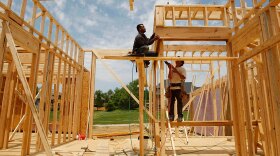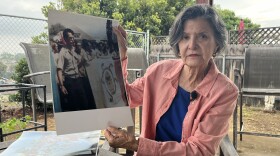The Supreme Court strongly suggested Monday that stun guns are protected by the Second Amendment right to bear arms.
In 2008 the court, by a 5-4 vote, declared for the first time that the Second Amendment guarantees citizens the right to own and keep a handgun in their homes for self-defense. But that decision in District of Columbia v. Heller left unresolved many questions about how much the government could regulate that right, and what weapons are included.
Enter Jaime Caetano, a Massachusetts woman who had obtained a restraining order against an abusive ex-partner and carried a stun gun for self-protection. When police discovered the weapon in her purse, she was convicted of violating the state's ban on stun guns. She appealed, contending that the ban violated the Constitution's right to bear arms. The Massachusetts Supreme Judicial Court ruled against her, declaring that stuns guns were not in existence when the Second Amendment was written.
Monday, the Supreme Court overturned that decision, which it said clearly contradicted the specific language of the 2008 ruling. The justices then sent the case back to the Massachusetts court for further unspecified action, but the message looked pretty clear: stun guns are covered by the Second Amendment right to bear arms.
Writing separately, Justices Samuel Alito and Clarence Thomas delivered a full-throated defense of the right to carry a stun gun, and a broad definition of what weapons are covered by the right to bear arms. They called the unsigned opinion of the court "grudging."
Copyright 2023 NPR. To see more, visit https://www.npr.org. 9(MDAzMjM2NDYzMDEyMzc1Njk5NjAxNzY3OQ001))







